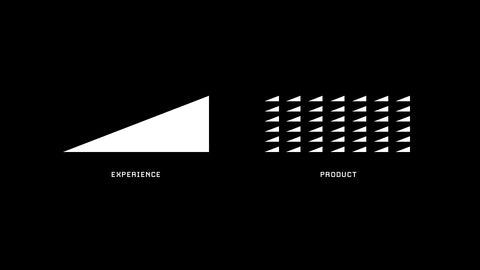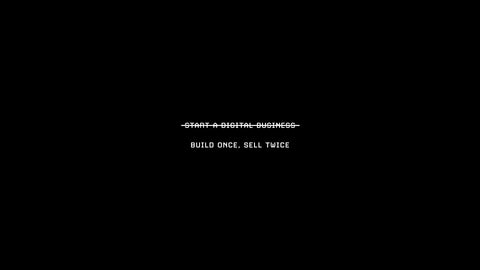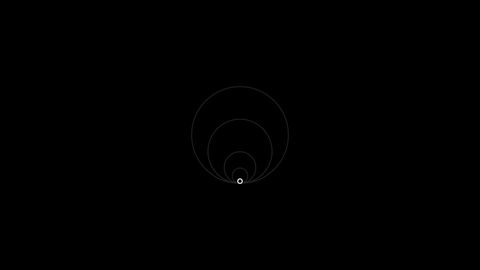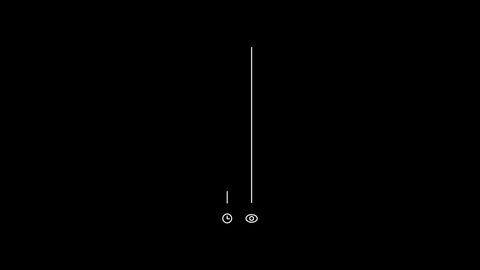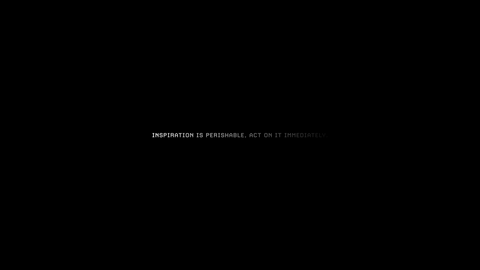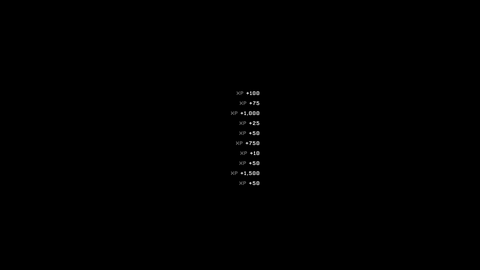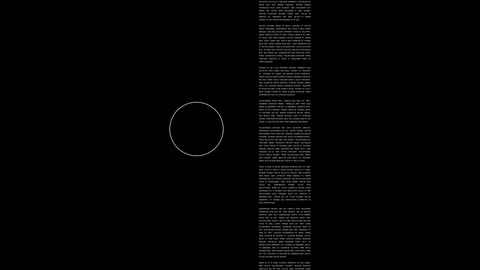Guest Author: @alicellemee
Welcome to Brain Dumps. Every week or so, I watch podcasts/shows/series that provide tons of value and fascinating ideas. I then compress the content into a quick, 10-15-minute reads. The format is easy, digestible, and is something you can easily refer back to.
Cool, let's dive into it. It was about time I did a video on Twitter superstar Jack Butcher. This video talks about building a reputation on the internet and how to earn a living from the reputation you've built. Not to mention, host Justin Mikolay asks wonderful, thoughtful questions about the entire process.
Show Notes
5:22 - Jack's Presentation Begins
What exactly is Visualize Value?
Jack is the founder and CEO of Visualize Value. VV is a result of a 10-year career stint in corporate advertising and freelance work.
VV is "making the intellectual capital of organizations, businesses, and people tangible." It's a mental wealth service.
VV has a community. One of its main components is its "Build Once, Sell Twice" course. This course performs exceptionally on Gumroad: it has racked over 6-figures.
So if you weren't convinced by now, Jack knows his stuff.

Where the Idea Came From Originally
Jack first got the idea for Visualize Value from Naval a few years back. It was from the infamous tweetstorm "How to get rich without getting lucky".
At the time, he was making an alright living from corporate life, but the lifestyle was wearing him down.
Exhausted by long hours, demanding work, and lack of autonomy, he decided to try his own thing.
What really stuck with Jack was this particular idea:

Everyone understands this idea in theory. But it's another game once you feel it's effects IRL.
Jack made the above graphic after reading Naval's tweetstorm. At the same time, Jack's mind was beginning to shift about work.
He decided to take action.
After 18-months of implementing what he learned in that tweetstorm, he caught Naval's eye.
But how did that happen? Well, Jack was able to productize his experience.
Unpacking Build Once, Sell Twice

First, understand that the majority of businesses operate by building once, selling once.
Think furniture stores, pastries, even selling time as an hourly employee to a business.
This shifts once you can sell something indefinitely. Platforms like Gumroad allow you to do this.

You want to productize your experience.
In other words, build something that can either educate, entertain, or enable somebody else to do something. Your task is to put your experience into a product that can be built once and sold twice. Or else, time = money, and you won't be able to accumulate wealth.
The good news?
There is a sequence to this.
Sequence to Building Once, Selling Twice
Step 1: Skill Building

-
In Jack's case, this was graphic design.
-
This step isn't complicated or new. Just pick something that feels like play to you, but is work to others.
-
Examples of this include writing, coding, graphic design, etc.
Step 2: Result Generation
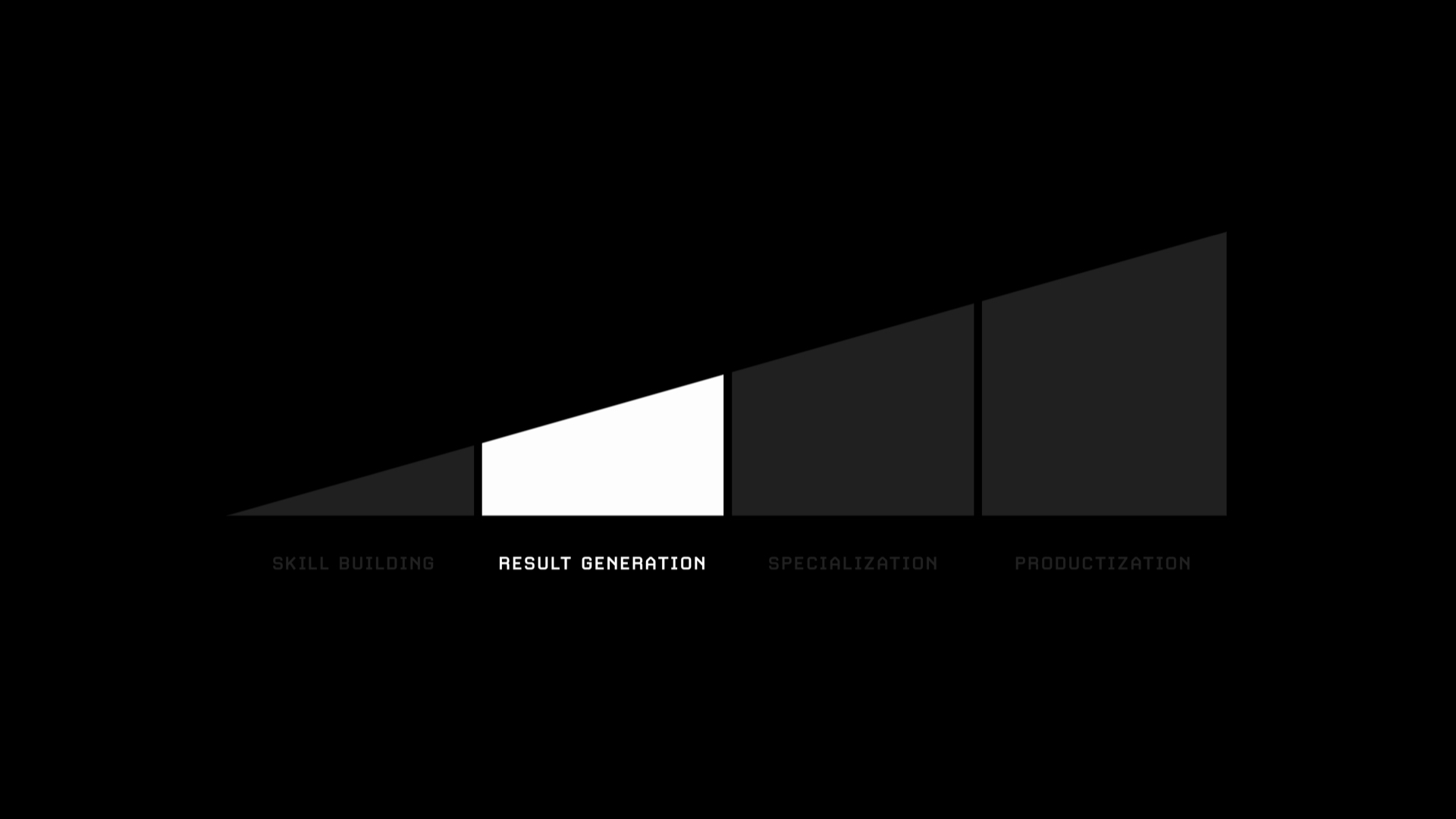
-
This how you're applying these skills.
-
You also want to study how much the market values these skills that you have.
-
For ex, Jack worked with some of the biggest brands in the world. He realized how design helped solve problems, communicate complex ideas simply and quickly, and how valuable it was.
-
Study communication in context of this commercial environment.
Step 3: Specialization

Okay so now, you have the skills and you've gone through the process of applying them in different contexts.
But...
-
You're still facing this time barrier (AKA, you're getting paid for your time)
-
You don't have a level of specialization
-
For ex, if you're shooting commercials for a donut shop 🍩 and then the next day you're designing an app for a logistics firm, you're not accruing a reputation to do a very pointed thing that the market recognizes you for.
For Visualize Value, this shift happened when they fully restricted the type of work they were doing. This would let them charge more and have less friction during the delivery process.
By being hyper-specific, they thin out the types of people who want to work with them.
You'll start to build an audience during this stage, being recognized for something very specific.
You want to create demand, instead of responding to demand.

Step 4: Productization
Here, you want to take your skills and productize them.
-
When you're working on a service, there is an element of personalization that requires dedication and time. Often, you're on the phone with clients, tailoring your services to meet their needs.
-
When you build a great product there is zero cost of replication. Build once, sell twice.
-
For Jack, his first product was How to Visualize Value.
-
Then, Jack came out with Build Once, Sell Twice - The Productization Playbook
And at the very end, this is what you get...

Monetizing Visualize Value
How to Get People To Notice What You're Doing
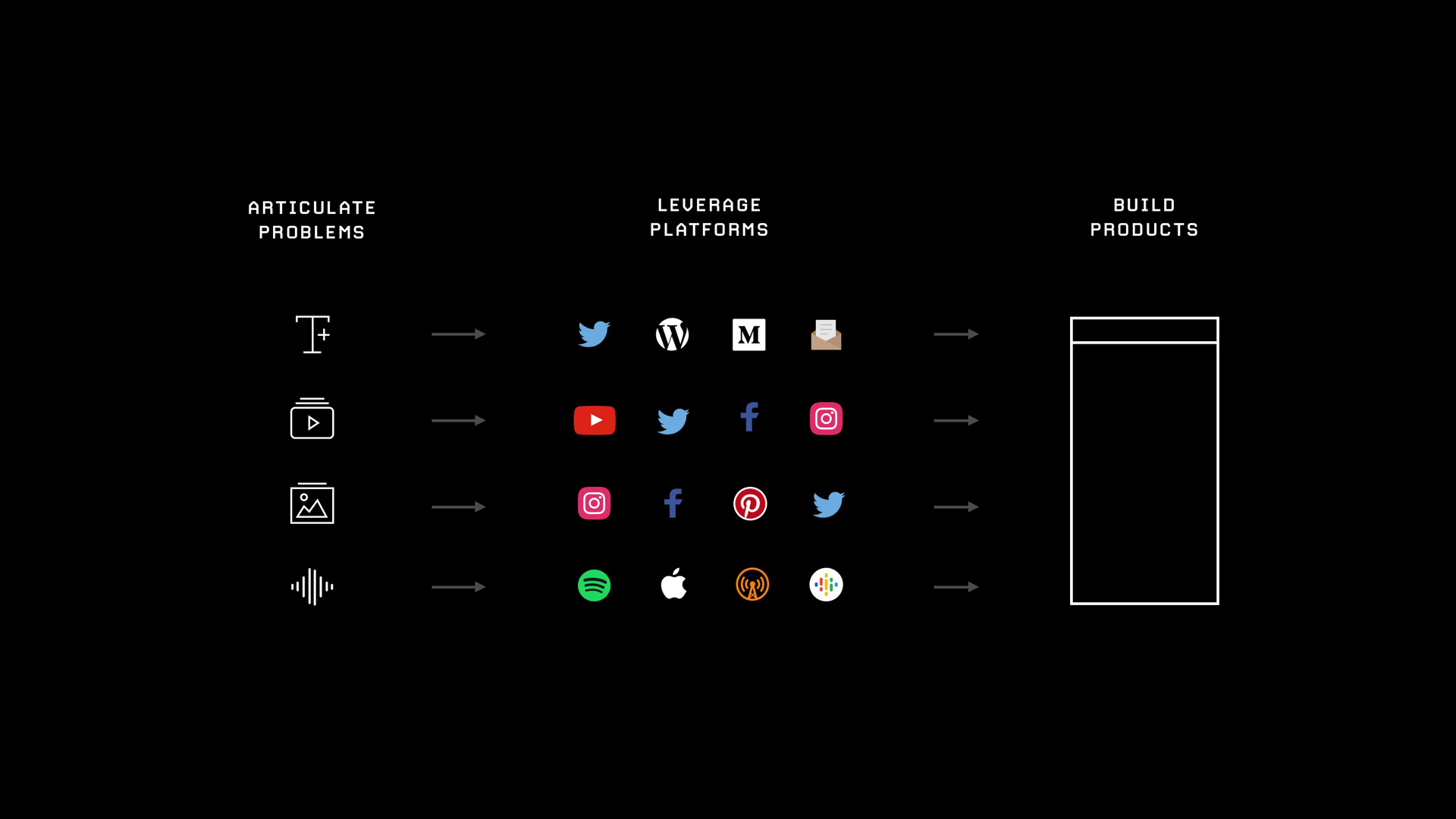
Visualize Value was built all organically.
You want to publish work that demonstrates your ability to do, describe, or analyze something a certain way. Depending on the product, this might change.
But the process doesn't.
What matters is your ability to articulate a problem and create something that will hold attention. You then harness the power of platforms such as Instagram and Twitter to distribute your ideas. Ultimately, you funnel that traffic to a product page.
As simple as that.
On Building in Public
When it comes to building in public, you'll want to create content at every waking moment. This means posting about when...
-
You come across a new idea, sales tactic, roadblock, failure
-
You're transparent about the tactics you are using to sell product
Ultimately, what you are trying to do is create a loop of transparency and trust with your audience. You want to understand how people are using your product and why it's bringing value to their lives.
If you put out a ton of value, you will build up this reservoir of reciprocity and trust that will lead to sales.
And who doesn't love that?
Your Business Might Be Succeeding, But What's Next?

Here, Jack's income was fluctuating quite a bit. It's hard to predict when clients will need your services or the hours that will need to be spent solving certain problems.
The product scenario is entirely dependent on your ability to promote.
If the product was built, then you're spending your time promoting.
There's no ceiling to the revenue you can generate.
It's just up to your ability to market it effectively.
The Secret Ingredients?

-
Effort and patience.
You have to understand that these will be a major component of your journey.
Do not gloss over it.
It's like any natural process.
The first day at the gym, you're weak. But after 10,000 reps you're a new person.
The first ten minutes meditating are hard. After 10 months, you can do 1 hour, no problem.
It is all a game of repetition.
Anybody who is telling you any different is selling you something that's not going to work.
Aside from a biological process, Twitter is another great example of this.
Each Tweet you put out builds you up over time.
Now, it's also important to understand that many people try to rush this 4-step framework (skill-building ➡️ result generation ➡️ specialization ➡️ productization) but take your time with this. Especially when it comes to the first two steps.
You don't need an amazing, fully functional product to be successful or get attention.
Learn, build, share in public. This is what will draw people to you first.
And don't forget...

Compound interest (the 8th wonder of the world) compounds meaningfully after the majority of people have given up on it.
Continue putting your work out there to build a network of people who trust and value what you do.
If you are doing something valuable, this graph will eventually play out.
Creative Process
For creative + wildly successful people like Jack, aren't you curious on knowing...
What the hell is your rhythm? Like, how do you do all this stuff?
Production Function
The Idea of Restriction and Restraint
-
Make a single decision that can eliminate thousands of other decisions. For example, for VV he only uses one type of text, and black & white.
-
If the constraint exists, you are the bottleneck. Your ability to think within those restraints becomes the bottleneck.
-
Fewer choices bolster your creativity. Staring at a blank page being able to write anything in the world is overwhelming. When you restrain yourself on what type of content you create, you give yourself more options.
Being Objective
-
Asking yourself why you're doing things the way you are. Are you unconsciously supporting a set of beliefs that are limiting your potential?
-
Once you find a concept that you seek to understand, don't move forward until you've cracked it. For example, once Jack found Naval's Tweetstorm, he worked on trying to understand apply those concepts to his life. He didn't consume self-help books or twirl his thumbs. He worked on it until he saw results.

This thread has changed the lives of many, many people.
Find an idea you really want to implement, and write about how you're implementing it.
How To Convey Your Message
"I often think right before I tweet what my most ardent critic would say about how I am conveying this message."
Before posting anything on Twitter, ask yourself
-
Do I genuinely believe this idea to be true?
-
If I didn't, what criticism could I face?
As mentioned earlier, you want to run these Tweets through a filter of objectivity.
As for the great writers on Twitter (Naval, Sahil, David Perell), they're good at writing because they've been around a lot of different people and experiences. To be a good writer, you'll want to have a rich, interesting life.
Treat writing as a process of discovery by deletion. Take out any sugarcoating and escape clauses and simply declare what you have to say.
Never write "I think" - your name is already on the paper.
Reflecting on Permission and Failure
On Permission
You don't need permission to prove yourself.
-
If you have a skill set, you don't need to wait to get hired to prove your skills.
-
For example, someone on Dribble noticed Facebook's terrible UX/UI and decided to make their own. I mean, good luck getting Zuck on the phone asking for the green light. Best case scenario, someone on FB notices and gives them a job. Worst case? They have a cool new thing on their portfolio.
On Failure
If you're scared to start that thing because you might fail, here's a reminder: you're already failing.
-
You can't really define something as a failure if while you're building it you're increasing your skillset.
-
Every time you put something out that doesn't resonate, don't see it as a loss. Start seeing everything as a win. Because every time you put something out you learn something. Even if nobody read it - you now know something you didn't before.
-
Failure is a weird societal structure. The internet has changed the definition of "failure."
Q&A
Question: Jack, if you had to start all over from scratch, what's the first thing you'd do?
Collect more experience. Poke nose into more stuff.
For Jack, this is when he was exposed to the economics of the graphic design business. He saw how much his time/work was being valued at and how much clients were paying the company. A lightbulb went off.
The first thing he'd build then would be a profitable service business that would've allowed him to hone in a skill set that he could ultimately a reputation around and scale his income with.
The thing is at the end of the day you can't really "cheat" the process.
You need to put in the time and effort to learn and perfect your skill set.
Focus on turning the things you're interested in into tangible outputs that you can share with the world. Building up a reputation takes time. Consistency and hard work is all you need.
Question: Where do you see Visualize Value in 5 years?
VV is a byproduct of Jack breaking out of bad patterns and getting a new lease on life.
Inspired by what he'd learned, he laced it into his business model. Each graphic design he'd put out, which made a valuable idea simple to understand, could be valuable to someone.
He realizes there's more he can be doing with VV than just putting out designs and teaching others how to design.
VV would like to eventually become a media brand.
The first iteration of it will be a web app that's article based. It will be categorized around these big ideas, such as "How to Dial in Your Mindset to Operate __ Way" or "How to Arrange Your Finances."
Basically, just tweaks to your fundamental belief system.
It won't just be for the digital online creator community. It'll be for everyone.
The idea is to have an income stream tied to an asset. A startup usually employs this "build once, sell twice" methodology, like Saas, Social Networks, etc. That's how software products have these enormous margins. They build it once, and they can sell it to a thousand people. Marginal cost of replication.
Question: What does it take to build something like Visualize Value?
You need to have skin in the game.
You wake up and do as much work as you need to do to keep the wheels on the business rolling.
If you exist in an environment where you don't need that level of discipline to fulfill your obligations, then you just don't have it. It's purely contingent on how you make ends meet.
You don't need more discipline. You just need a better reason to be disciplined.
If you don't have that better reason, then you won't be able to drive out those behaviors.
For example, you don't procrastinate in a situation when you're in danger. If you see a bear, you're gonna RUN.
Necessity is the mother of invention.
Also, it helps to make commitments to people. You will be more inclined to uphold your commitments.
Guest Author: @alicellemee
Read this article on Notion
Learn more about Build Once, Sell Twice

